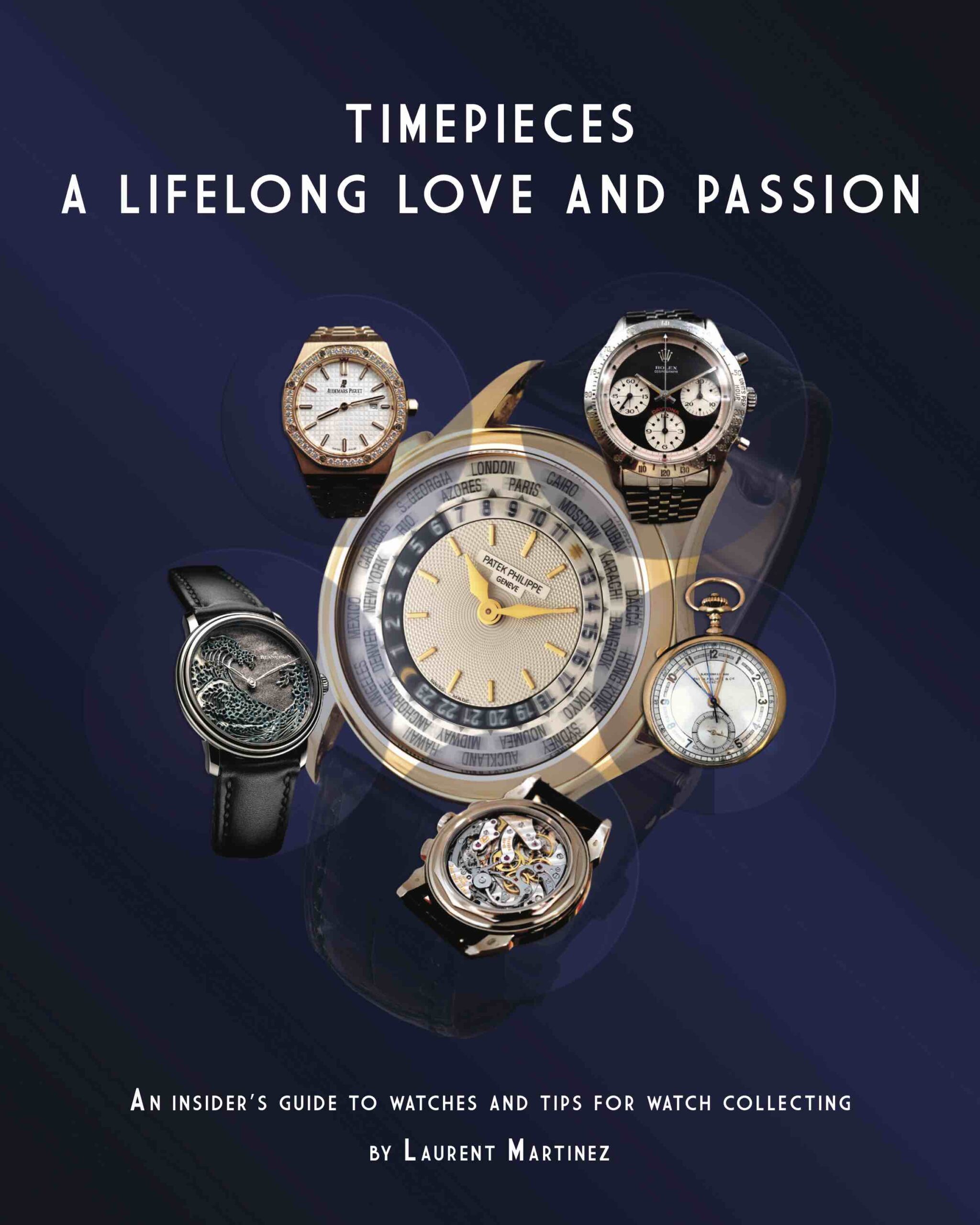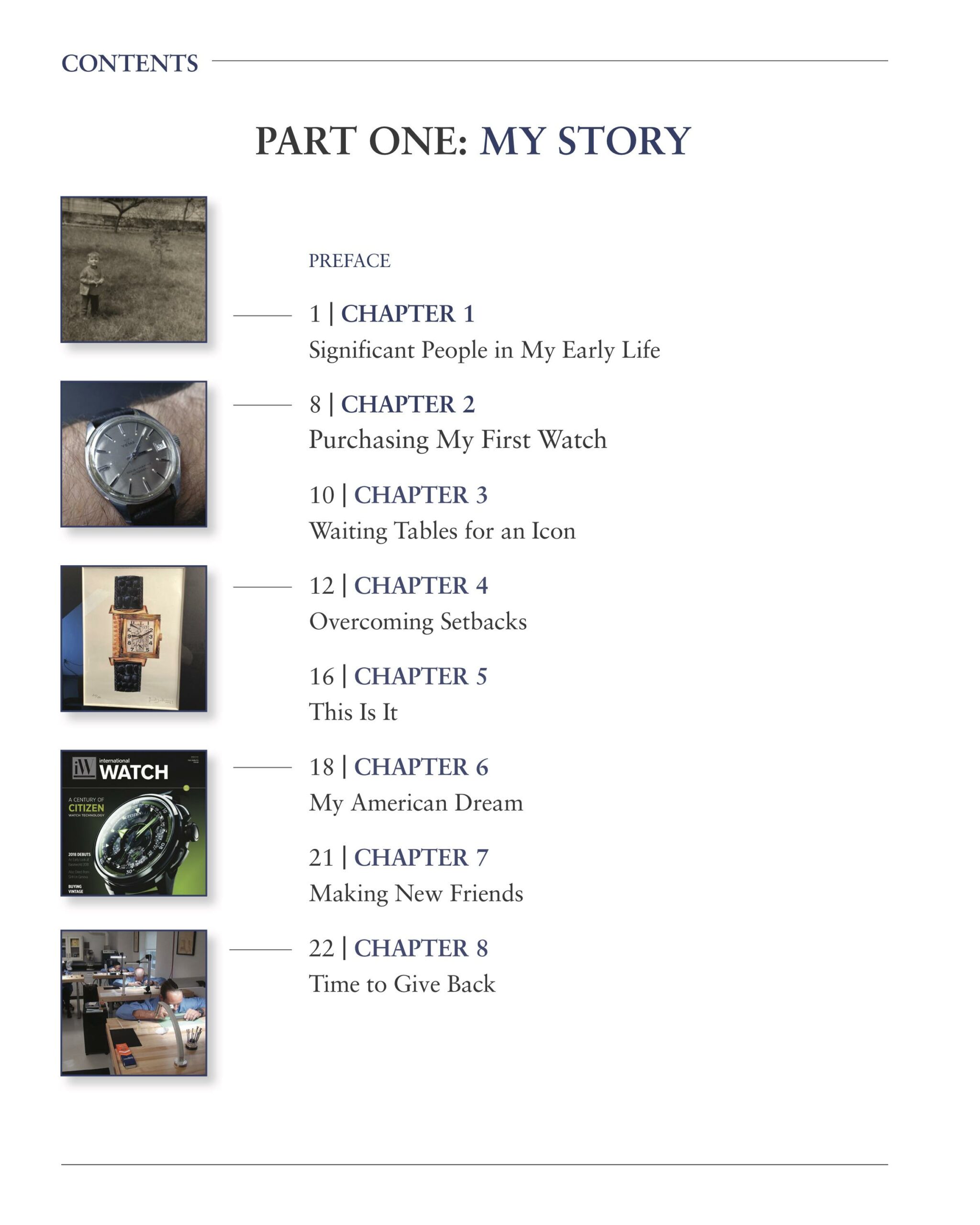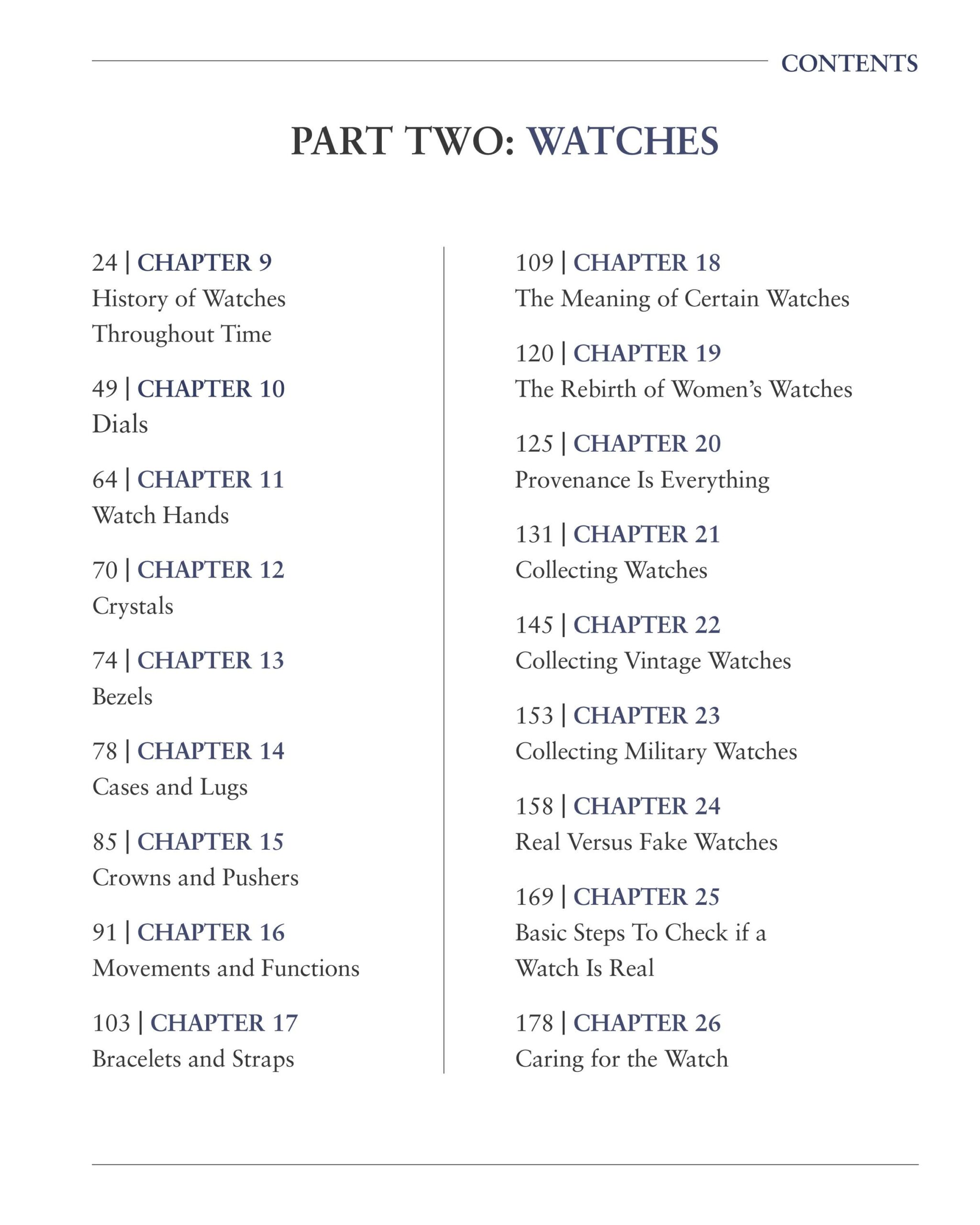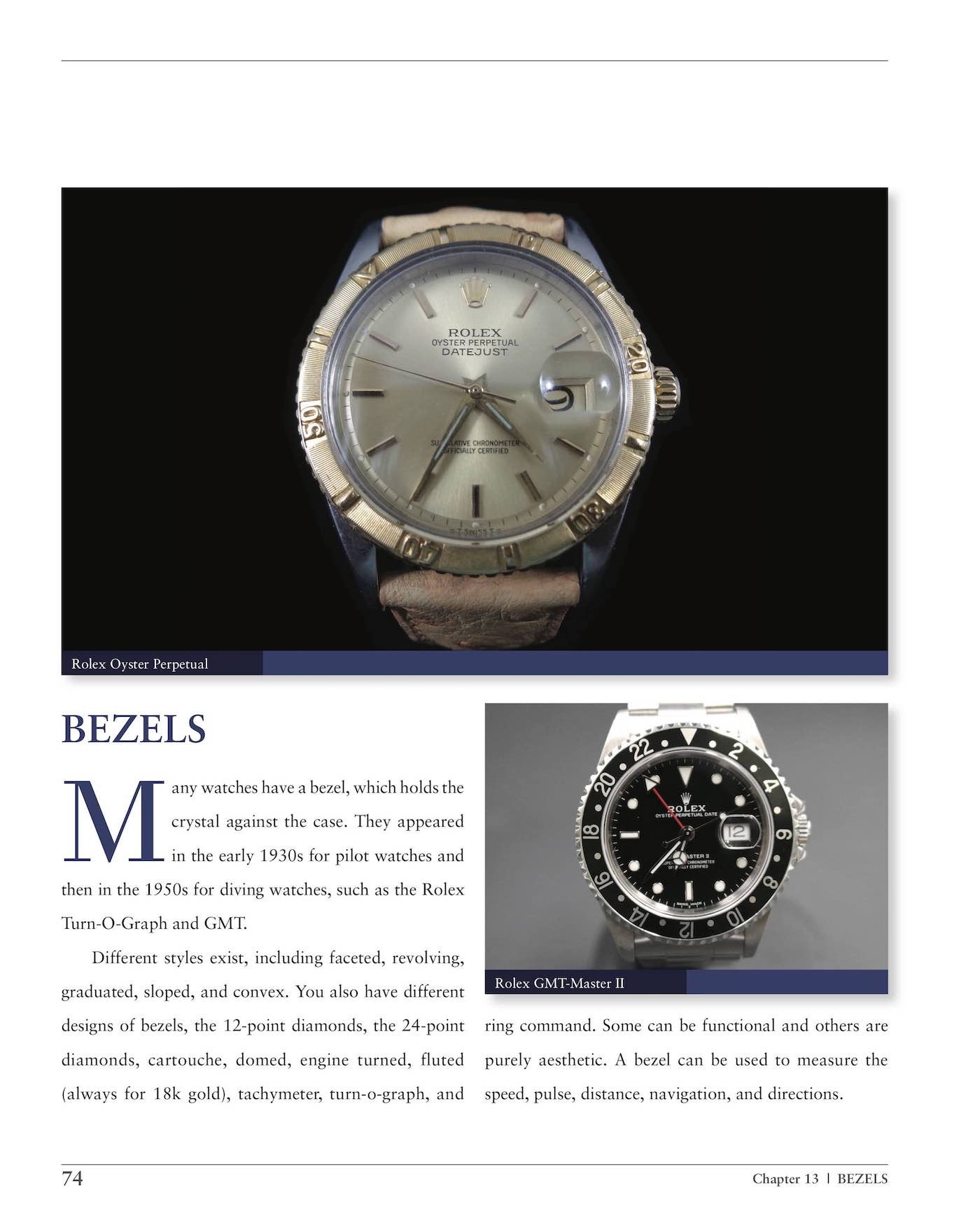By Laurent Martinez
These days, after initial greetings and pleasantries with people I know, I am often asked the question, “How is the watch market and/or watch business?” It’s a valid question given the volatility of the watch market we’ve witnessed over the last year or so. The subject has been covered by big consulting firms like Deloitte and Boston Consulting Group (BCG), as well as the press.
Naturally, I read these reports and articles, but I would also like to share my personal experience as a watch dealer.
 Taking a macro view, activity in the watch industry noticeably slowed down in 2023; yet the industry remains strong, especially for specific players.
Taking a macro view, activity in the watch industry noticeably slowed down in 2023; yet the industry remains strong, especially for specific players.
Let’s remember that prior to the slow-down, the watch market went crazy with huge discrepancies between supply and demand, which was driven in part by COVID, supply chain issues, and the Crypto craze. Certain watch models skyrocketed in price; as a result, it seemed that auction houses were hammering down on record-breaking prices almost daily.
Flippers were buying hype models in droves in hopes to sell them for quick profits. For instance, Rolex Daytona watches, which retailed for around $14,000, were being flipped in less than twenty-four hours for around $38,000. That type of price premium was never going to be sustainable.
 Now, following the Crypto collapse, over-saturation of sellers, buyer fatigue, general inflation and market uncertainty, the show is over – and the watch market is in a correction phase. It’s estimated that values have gone down by about 20% since peak prices.
Now, following the Crypto collapse, over-saturation of sellers, buyer fatigue, general inflation and market uncertainty, the show is over – and the watch market is in a correction phase. It’s estimated that values have gone down by about 20% since peak prices.
However, I am happy with the current situation, even as a watch dealer. Flippers are now coming to me with watches – such as the once highly sought-after Rolex Oyster Perpetual with Tiffany Blue dials – that they must offload as quickly as possible to stop the bleeding. It’s a similar story with Patek Philippe Nautilus and Aquanaut and the Audemars Piguet Royal Oak.
 While there is nothing inherently wrong with investing in watches, the main objective should always be to acquire a piece because you love it. For speculators who were only talking about watches in terms of model numbers and money, these are tough times.
While there is nothing inherently wrong with investing in watches, the main objective should always be to acquire a piece because you love it. For speculators who were only talking about watches in terms of model numbers and money, these are tough times. 
However, for the rest of us, the ones who purchase watches for the love and passion of the hobby, a watch market with more reasonable prices is very good, indeed. Yes, transactions are taking longer to close since buyers and sellers aren’t necessarily speaking the same language. Sellers naturally do not want to sell at a loss if they purchased high while buyers are on the lookout for good deals. However, buying, selling, and trading are still happening everywhere in the watch business.
It is now generally more difficult to sell a contemporary timepiece than an original vintage watch in good condition. This is the reverse of what we witnessed over the last few years as the values of contemporary watches grew much faster than vintage watches. Yet, the vintage watch market is a steadier one, which turned out to be a positive in the long run. 
For example, in today’s watch market, a vintage Vacheron Constantin 222 will sell very quickly as long as it’s priced reasonably.
One of the aftereffects of the recent watch boom was the resurgence of older brands such as Nivada, Grenchen, and Dodane. What’s more, we saw a lot of re-editions of old vintage models being released by big watch brands. It felt that new designs, much like the car market, were absent. I ask, where are the Pininfarina or Gerald Genta of this generation? 
Even luxury group LVMH is investing significant amounts of money to relaunch old-school brands like Daniel Roth and Gerald Genta. 
However, it must be said that the market for independent master watchmakers like Laurent Ferrier, Rexhep Rexhepi, and Theo Auffret is finally getting the attention it deserves.
 When it comes to e-commerce, online watch retailers such as WatchBox, which operate with low margins but high volumes, may have to rethink their business models. Even though it’s estimated that online watch sales will make up about 60% of total sales by 2026, the space is becoming saturated with countless platforms selling watches.
When it comes to e-commerce, online watch retailers such as WatchBox, which operate with low margins but high volumes, may have to rethink their business models. Even though it’s estimated that online watch sales will make up about 60% of total sales by 2026, the space is becoming saturated with countless platforms selling watches.
These range from specialist sites such as Chrono24 to general pre-owned luxury resale platforms like The RealReal. Even Rolex has announced its entry into the secondary watch market by selling pre-owned certified Rolex watches in select Bucherer stores.
The proliferation of all these players will have an impact on auction houses as clients will be less willing to pay the big premiums auctions require. However, auction houses remain the most dependent when it comes to expertise and know-how about rare and ultra-special timepieces.
Like almost any business out there, social media has had a huge impact on the watch business, particularly Instagram and TikTok. However, I’ve observed that huge followings don’t necessarily translate to high sales. It’s often a case of high showmanship with no substance.
A particularly terrible side-effect of the once booming watch industry is the rise of high-quality fakes and unscrupulous sellers that are willing to take advantage of newcomers that don’t have the necessary knowledge to make informed buying decisions. Clients are now returning to trusted dealers and developing relations with them so they can buy with confidence.
Let’s talk numbers: according to BCG, the watch market was valued at $75 billion in 2021 and secondhand watch sales accounted for about a third of that at $22 billion.
A recent report issued by the same group estimates the global market for luxury watches will be worth over $100 billion by 2026 with $35 billion made up of secondhand sales. The luxury industry relies on many factors, one of them being the health of the economy. Assuming these numbers are correct, there is certainly potential for growth.
Yet, with so many sellers joining the market, new ways of selling, higher supply, and lower margins, we may witness a shift in the current ways of doing business. Companies will need to be more creative and seek new opportunities to remain competitive. I think that the current state of affairs in the watch business is very healthy as we are coming back to reality and returning to the fundamentals of trust, relationships, and earned reputation. But the last bombshell of Rolex buying Bucherer will also have a massive impact in the industry.
Laurent Martinez is the proprietor of Laurent Fine Watches, Greenwich, Connecticut. Read more by him at blog.laurentfinewatches.com or visit his store’s site at www.laurentfinewatches.com
































 One of my clients recently told me that when he buys a vintage watch, he is passionate about recreating the complete set — as it would have been originally sold at the store.
One of my clients recently told me that when he buys a vintage watch, he is passionate about recreating the complete set — as it would have been originally sold at the store.












